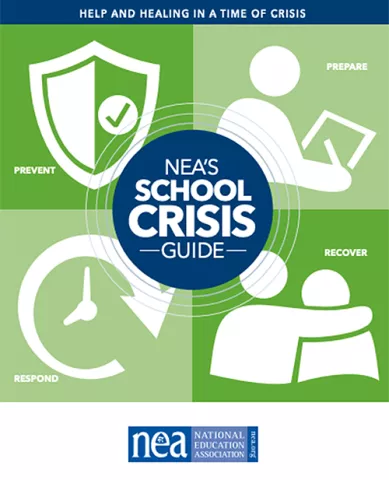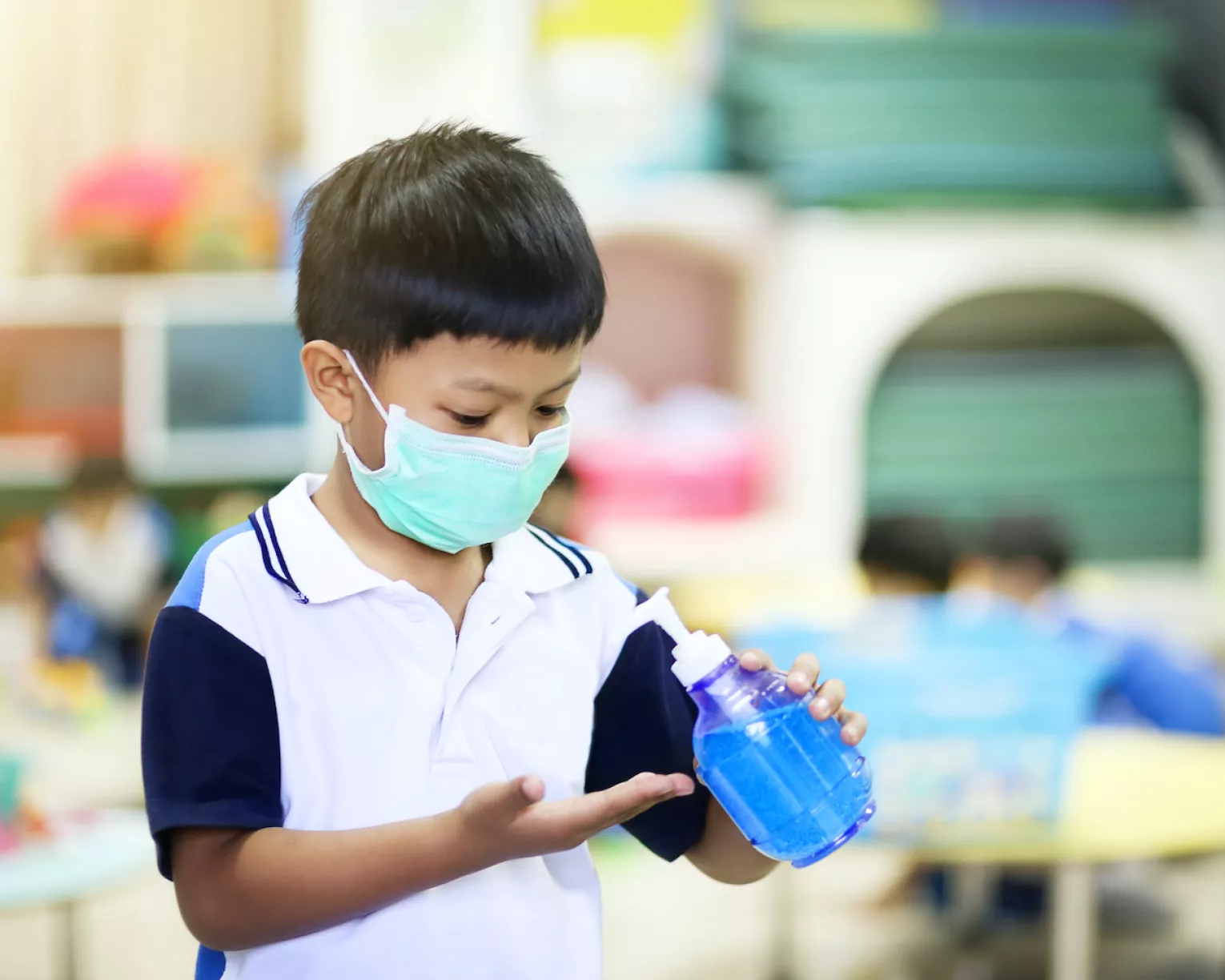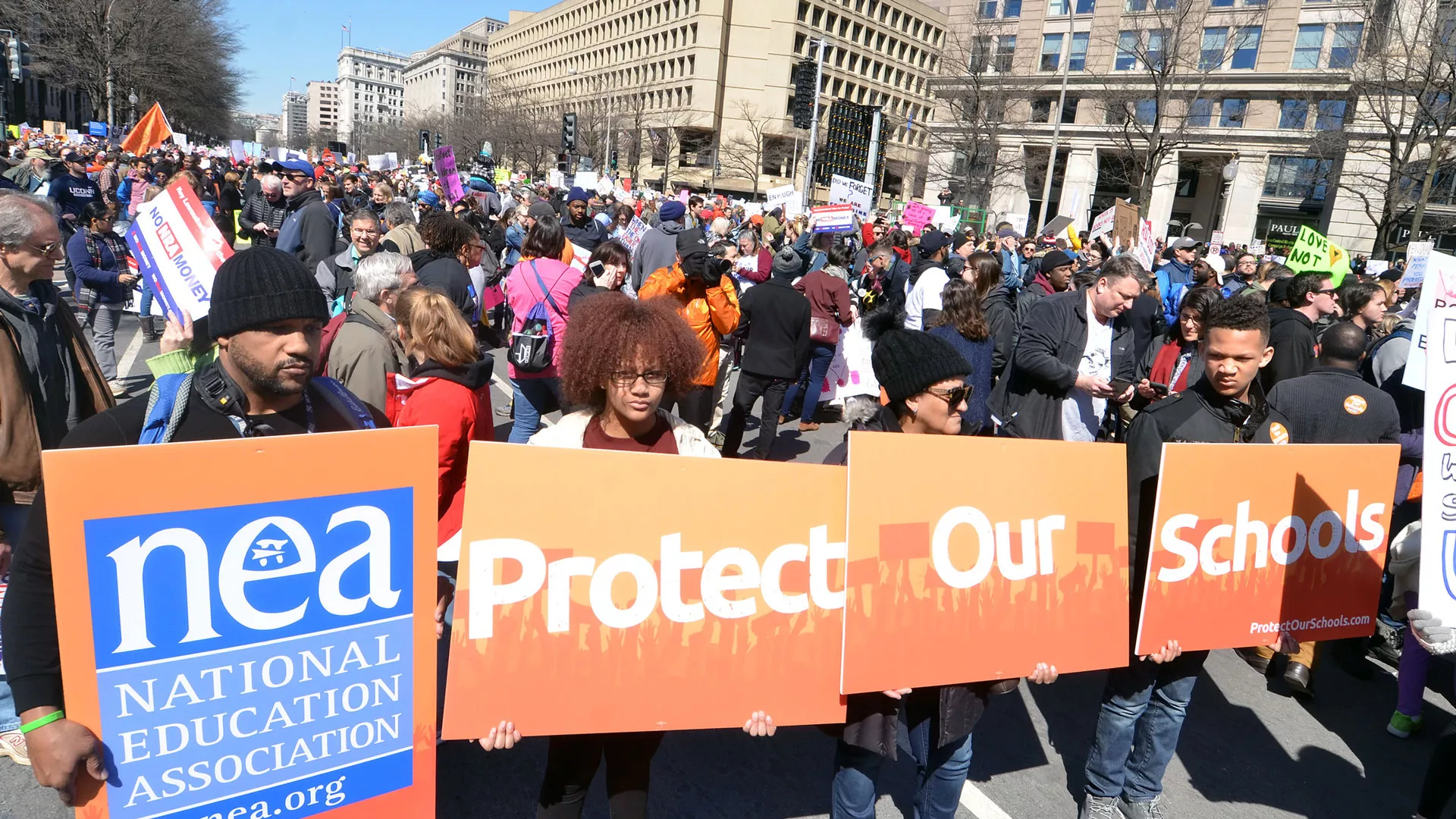Published: January 2018

Schools experience a wide variety of crises that have the potential to harm the mental and physical health, learning environment, and safety of students and educators.
School crises can be on a large scale, such as severe
violence, hostage situations, and natural disasters that require an emergency response from the community.
Or, they can be more individualized, such as a car accident or the unexpected death of a student.
In NEA's School Crisis Guide, we offer a step-by-step outline of what to do before, during, and after any school or community crisis like a natural disaster.
- Prevent: Avoid the occurrence of incidents or lessen the harm done by unavoidable incidents.
- Prevent: Plan for worst-case scenarios, including a continuous cycle of planning, practicing, and evaluating actions aimed at an effective response to an incident.
- Respond: Steps to minimize harm to people and property during a particular incident.
- Recover: Restore learning and teaching environment after an incident.
Downloads
Are you an affiliate?
Jump to updates, opportunities, and resources for NEA state and local affiliates.

Safe and Just Schools in 2022 and Beyond
NEA is here to ensure we rebuild schools with an emphasis on equity, return to the school safely, protect the most vulnerable students, and help educators navigate their rights and responsibilities amidst the COVID-19 crisis.
Stay Informed We'll come to you
We're here to help you succeed in your career, advocate for public school students, and stay up to date on the latest education news. Sign up to stay informed

